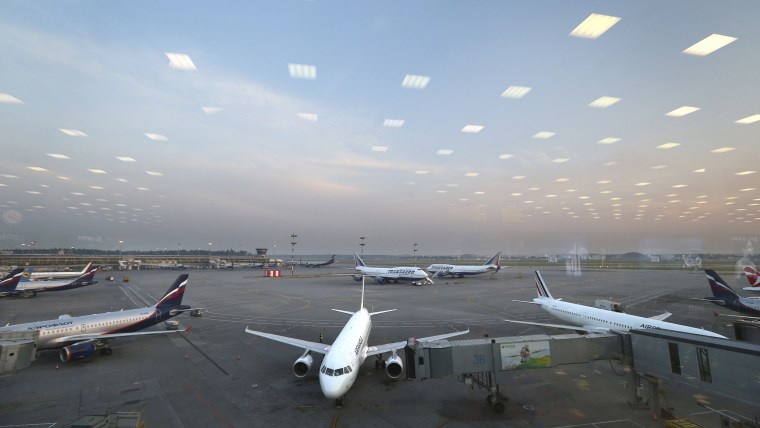Forget Wave Season cruises and early spring-break bargains — if you’re looking for great travel deals this winter, you may want to look a little farther afield. With the ruble having lost roughly half its value recently, Russia is becoming a hot, albeit frosty, destination for deal seekers.
“The ruble is devaluing at a crazy pace,” said Gwen Kozlowski, general manager of Exeter International in Tampa, Fla. “For fast, savvy travelers, there are deals to be had.”
Those deals are predicated on the fact that the ruble has tumbled this year. Where it traded as high as 32 to the dollar a year ago, it hit a low of 74 three weeks ago before strengthening to 63 in early January.
For products and services priced in rubles — restaurants, tour guides, museum admissions — that translates into savings of 50 percent or more for penny-pinching visitors. And while some vendors will eventually raise their prices in response, travelers who have their visas and plane tickets in hand stand to enjoy some serious savings.
In St. Petersburg, for example, a 400-ruble ticket to the Hermitage Museum — currently celebrating its 250th anniversary — will set you back less than $6.40 vs. $12.50 a year ago. Admission to the year-old Faberge Museum for two is around $9.50 vs. almost $19. Cap off your visit with a performance of the Mariinsky (formerly Kirov) Ballet, where great seats will cost you $80, not $150, apiece.
Moscow, meanwhile, is undergoing a culinary boom and the ruble’s collapse means you can experience it without going bust. Although based in in St. Petersburg, Elena Kachevskaya of the Express to Russia tour company recommends the iconic Café Pushkin, where you can enjoy dinner for two without drinks for less than $150 versus almost $300 last summer, or the year-old Restaurant Ugolyok, where you can get in and out for $30 or so.
Want to combine the two? It’s easy via the Sapsan high-speed train, which makes the 650-kilometer trip between the two cities in less than 4 hours. Booked now, a Business Class seat for next month costs $122, at least $100 less than a similar ticket last summer.
Not everything in Russia is going for fire-sale prices, however. High-end hotels, for example, are still pricey, especially Western-based chains, because they cater to tourists and, as such, generally calculate their prices in dollars or euros to begin with.
“They have to maintain rate parity,” said Kozlowski. “Even if the ruble collapses, the new Four Seasons in Moscow is not going to sell rooms for $100 night.”
By the same token, it’s likely that other tourism-related businesses will eventually take steps to cut their current losses, either by quoting their own prices in foreign currencies or by simply charging more rubles for the same products and services.
In other words, if want the best bargains, go sooner rather than later, which also means you’ll avoid the crowds that will show up come summer.
“If you really want to get a feeling of what Russia is like, go in winter; you’ll meet more Russian people and see fewer tourists,” said Paul May, head of sales and marketing for Express to Russia. “It might be cold outside but if you bundle up, you’ll have a good time.”
Rob Lovitt is a longtime travel writer who still believes the journey is as important as the destination. Follow him on Twitter.
